Router glossaryD-H |
||||
 |
||||
D |
||||
 |
DadoA dado can be the lower part of an internal wall, generally below about waist height, when decorated differently to the upper part. A dado rail is the moulding used to separate the two halves of the wall horizontally. Or, it can be a square or rectangle recessed channel cut into the surface of wood, against the grain. |
|||
 |
Dead man switchA power switch which must be held ´on´ at all times when using the router. It's a safety function as the machine will switch off as soon as it's released. They're also called no volt release switches. |
|||
 |
Depth gaugeA gauge which measures the amount of plunge on the router to cut to a predetermined depth. |
|||
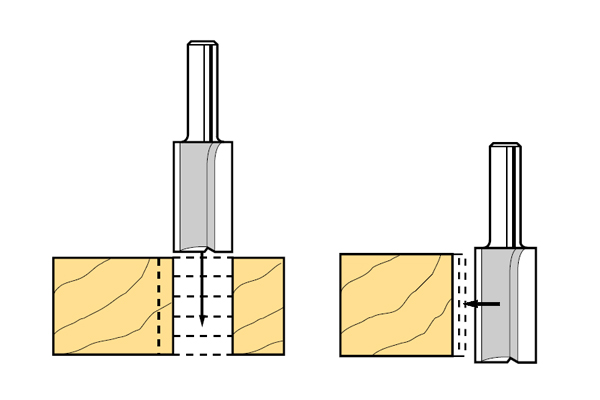 |
Depth of cutThe depth of cut can either refer to the length of the cutter's cutting edge or (depending on how it's set up in the router), the depth of cut it will produce. |
|||
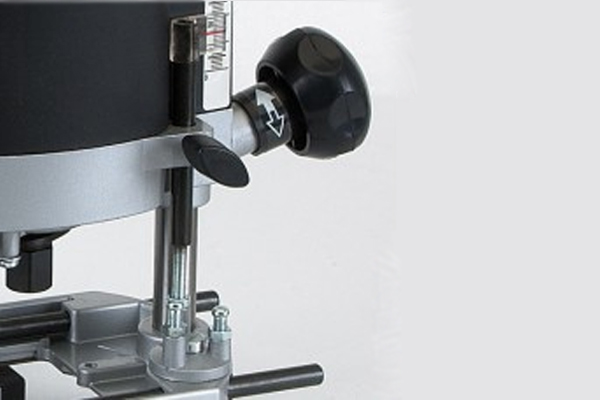 |
Depth stopA device on a routing machine which is adjusted to set the depth of cut the plunge action will reach. Separate parts of router depth stops should be available as spare parts. |
|||
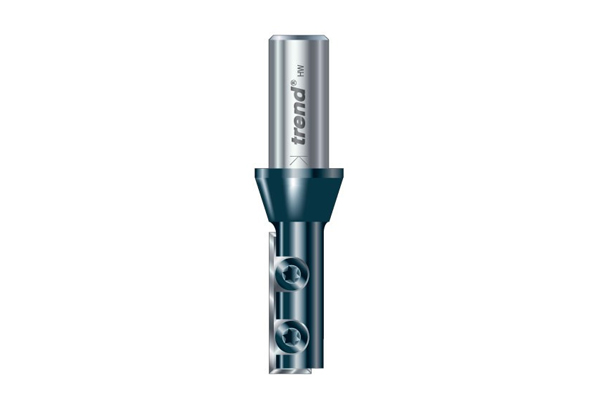 |
Disposable tip cutterDisposable tip cutters, also called Rota-tips or replaceable tip cutters, have tips which can be removed when blunt and replaced with new ones. These types of cutters are commonly used in industrial or heavy duty applications where tool down time must be kept to a minimum. |
|||
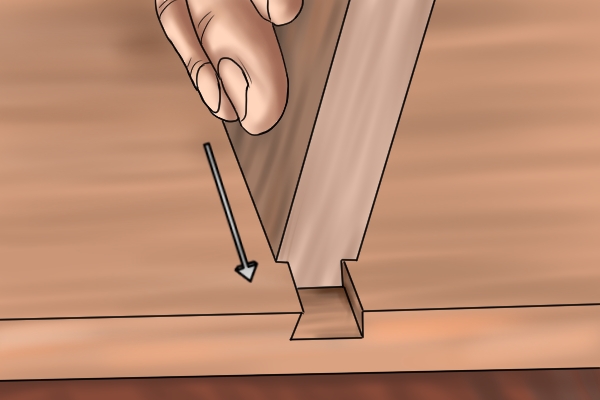 |
Dovetail housing jointA dovetail housing joint is similar to a regular housing joint, except that both the housing and the piece of material designed to fit it have sloping sides, like a dove's tail. When fitted, the two components form a very strong joint which can withstand being pulled out sideways, so these joints are often used for things like drawers which are frequently being moved. |
|||
 |
Dovetail jointA dovetail joint is a very strong joint comprised of tapered fingers (also known as tails due to their resemblance to a dove's tail) and corresponding sockets into which the tails fit. Dovetail joints are renowned for their strength and reliability which is down to the tapered nature of the tails' design. Specialised cutters and jigs can be used to make these joints. |
|||
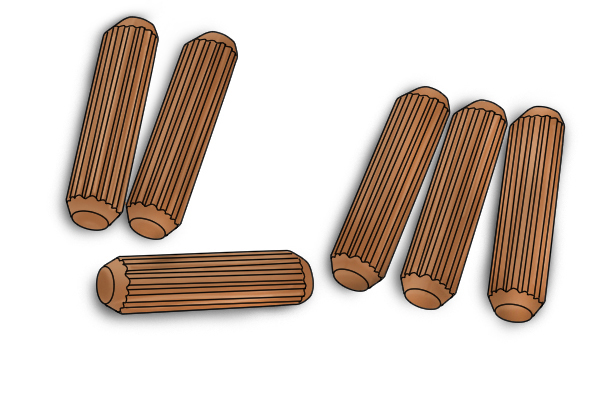 |
DowelsDowels are small rods or pegs typically used to reinforce wooden joints or support shelves. They're thicker and sturdier than nails or screws, and less prone to breakage. They reinforce glued joint as they insert into both the pieces being joined. Dowels are regularly used for things like picture and door frames, cabinets, and shelves. Dowel drilling cutters can be used for cutting dowel holes. |
|||
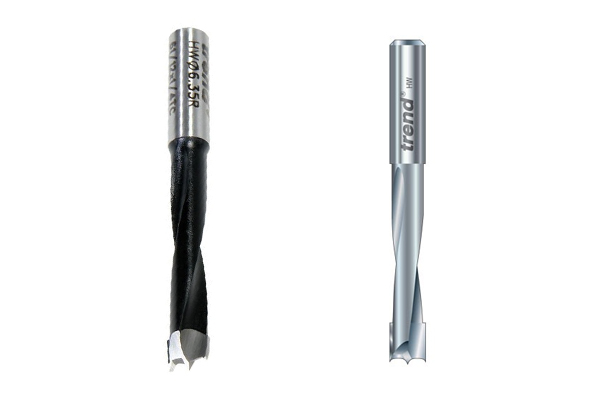 |
Dowel drilling bitsCutters which are accurately sized for drilling holes to take dowels and are used in plunge routers or drilling machines. Often called lip and spur bits, they can also be used for cutting holes to receive plugs. |
|||
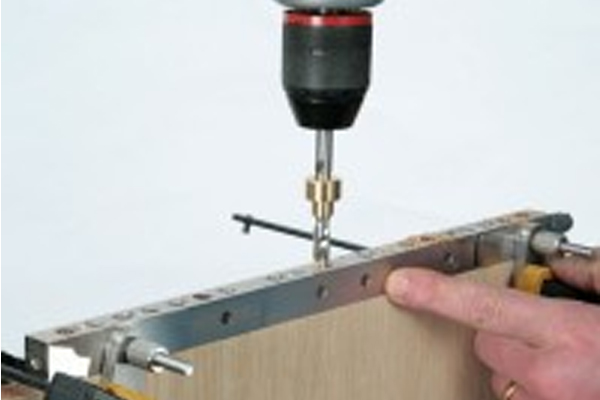 |
Dowelling jigA jig which facilitates a series of precisely spaced holes to be bored accurately in both segments to be joined. Especially useful for dowelling door frames, mitres, and similar work. Can usually be used with a plunge router or power drill. Accessories for dovetail jigs are also available to allow they to produce dowel joints. |
|||
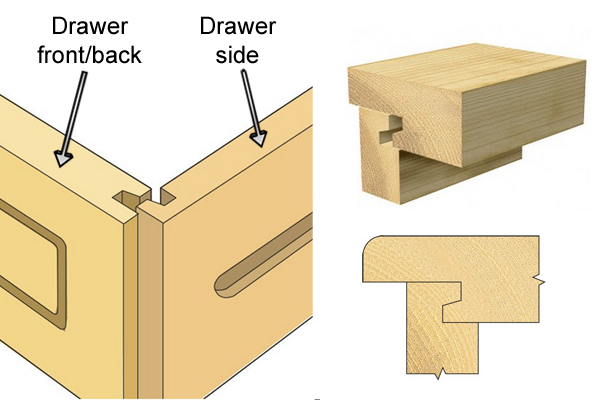 |
Drawer lock jointDrawer lock joints consist of interlocking recesses and projections used to connect the sides, fronts, and backs of drawers. Because of the large surface area for gluing, drawer lock joints are strong and stress resistant. This allows drawers to withstand being pulled out and pushed in on a regular basis and hold the weight of their contents. There are drawer lock router cutters which are designed to rout both parts of these joints. |
|||
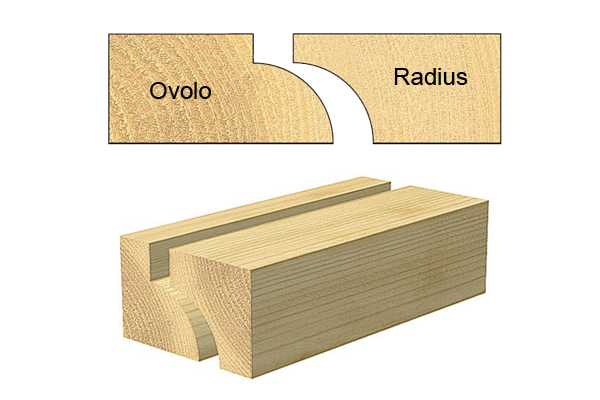 |
Drop leaf tableA drop leaf table has a stationary central portion and a hinged section (known as a leaf) on one or both sides, which can be raised to extend the table, or dropped down to save space. The table and leaf are connected by a drop leaf joint, which is made up of two mating profiles (a round over and a cove) that fit together. These profiles are secured with a hinge allowing the leaf to move. |
|||
E |
||||
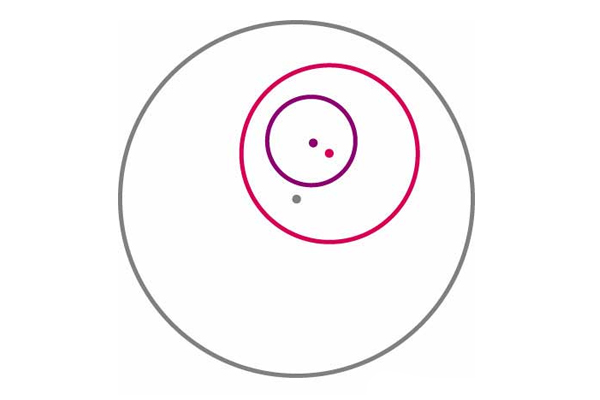 |
EccentricThe term "eccentric" can be used to describe one or more circles within each other that do not have the same centre point. |
|||
 |
Eccentric chuckChuck to hold eccentric router cutters. The chuck has a hole which is bored off centre. |
|||
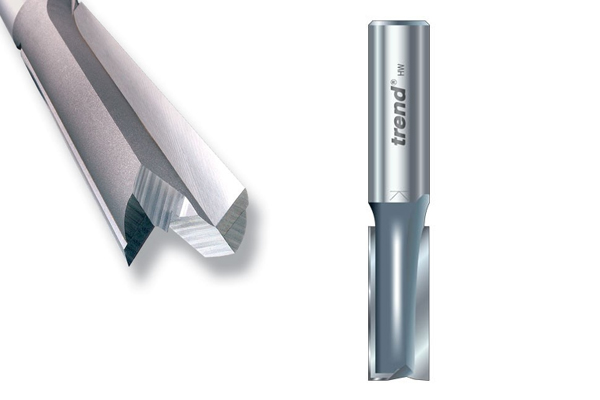 |
Eccentric cutterEccentric cutters are those that cut "off centre". Their cutting edges protrude from the body, giving a larger cutting diameter. |
|||
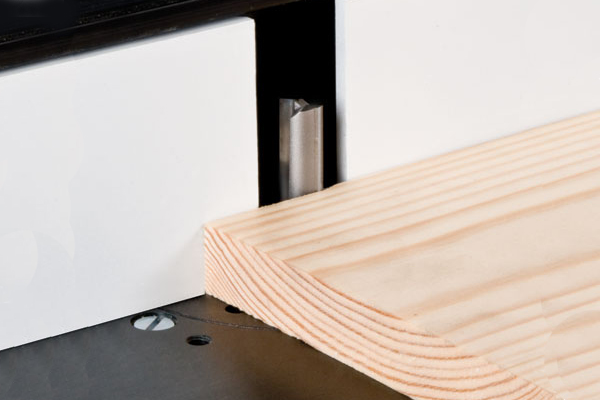 |
EdgeplaningEdge planing involves using a straight router cutter to remove the complete edge of a workpiece. This can be achieved with a clamp guide, a template or jig with a guide bush, or back fence on a router table. |
|||
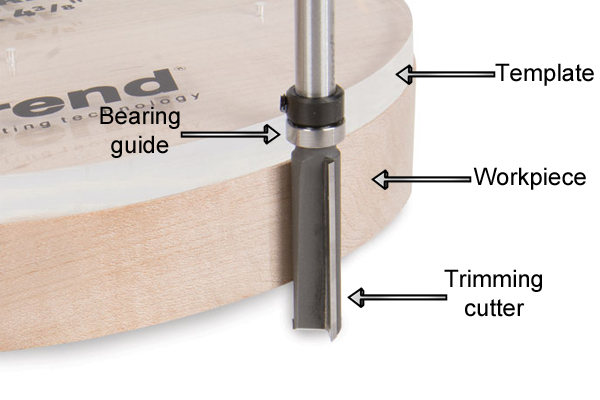 |
Edge trimmingEdge trimming involves cutting back the edge of a workpiece or overlay to a predetermined size. This can be done with a trimming cutter or a guide bush and a straight cutter. |
|||
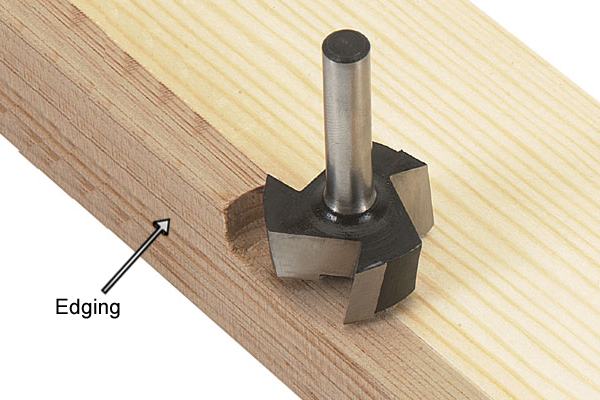 |
EdgingThe term "edging" refers to a length of solid wood used to edge boards such as plywood, chipboard and MDF to give an attractive appearance and provide a stronger fixing base for fasteners (e.g. screws). |
|||
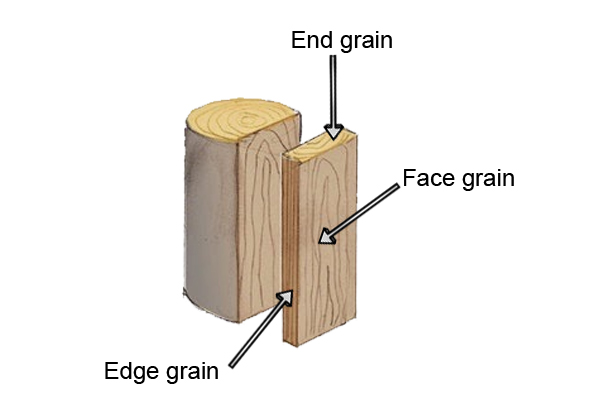 |
End grainEnd grain is seen when timber is cut approximately 90-degrees to the grain direction. |
|||
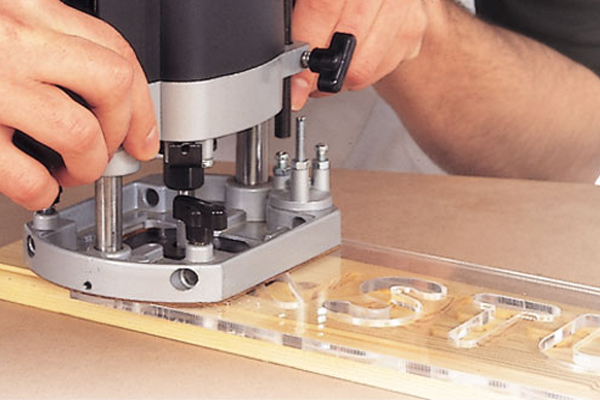 |
EngravingEngraving involves making cuts in material in order to create words, patterns and decorative shapes. Engraving router cutters are typically smaller than regular cutters, making them suited to the often delicate and intricate task of engraving. Engraving can be carried out freehand, but is usually done with the aid of a template. Engraving is often confused with veining and sometimes the terms are used interchangeably. |
|||
 |
Escutcheon PlateThe metal plate around a keyhole, which protects the surrounding surface; or the metal lining of the keyhole itself. |
|||
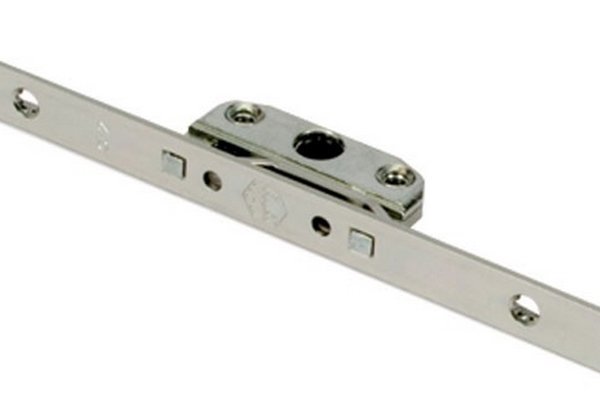 |
Espagnolette lockAn espagnolette lock is a device in the form of a flat metal strip, which is usually fixed on the sash portion of a casement window, or the vertical frame of a French door. The groove needed to accommodate an espagnolette lock can be routed with a straight cutter and espagnolette recess jig, or simply with an espagnolette cutter. |
|||
F |
||||
 |
Face edge / face sideIn woodworking, the face edge must be planed and finished absolutely square as it serves as the 'master edge' for all other measurements and markings. It's usually advisable to mark the face edge for reference. |
|||
 |
False baseThis is usually a sub-base or adjustable base fitted to a router or jig for support and guidance. |
|||
 |
False fenceAn additional thin fence made from hardwood or plastic, which is attached to the metal face of the fence on a router table to prevent either splintering-out (break-out) or to give more support when machining long lengths of material. |
|||
 |
Feather EdgeThe end of a section of wood cut to a wedge, or tapered point. |
|||
 |
FeatherboardAnother name for the pressure boards which are special holding devices designed to push the work up against the fence on a router table or onto the tabletop. They can be positioned in various places on a router table for supporting different workpieces. |
|||
 |
Feed directionFor overhead or portable routing, this is the direction in which the router is moved in relation to the grain of the workpiece, or, with fixed head routing, the direction in which the workpiece is moved in relation to the rotation of the cutter. Following the correct feed direction will ensure safer and easier working, and allow the cutter to cut efficiently. The correct feed direction is always against the rotation of the cutter. |
|||
 |
Feed rateFeed rate refers to the speed at which the router is advanced by the operator (in hand-held mode). When the router is mounted in a table, the feed rate is the speed at which the timber is fed to the cutter. |
|||
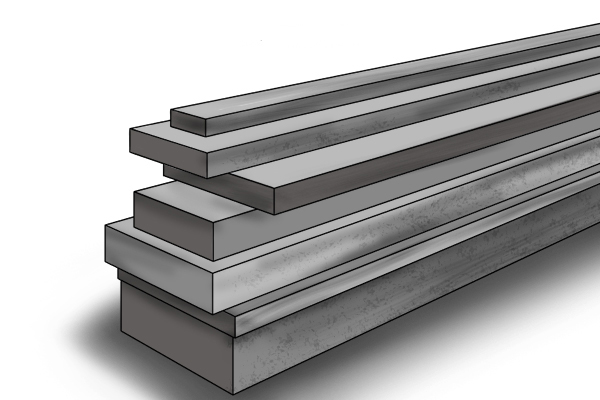 |
Ferrous metalFerrous metals are those which contain iron in considerable amounts. Examples include carbon steel, stainless steel, and cast iron. Routers are not designed to rout in ferrous metals as they are too hard. |
|||
 |
Fielded panelA fielded panel is a decorative item that consists of a panel with a wide chamfered rebate around the edge, and sometimes a small moulding on the inner side of this rebate. Fielded panels are often used in frameworks or doors. |
|||
 |
FilletThe term fillet can refer to either a small strip of wood used to support shelves, or a narrow length of timber, fastened to a workpiece in order to support the fence when the current workpiece is not long enough to do so. |
|||
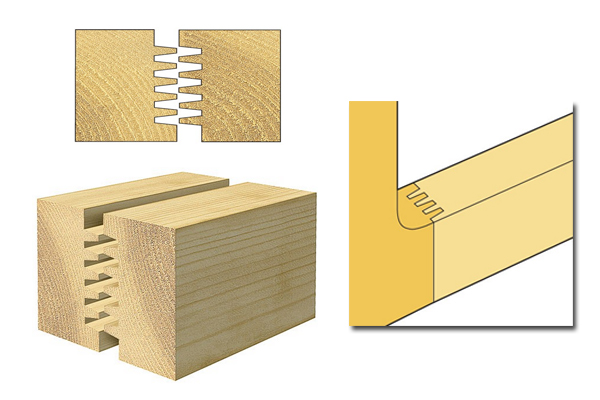 |
Finger jointA finger joint consists of a series of equally spaced projections and grooves that interconnect like a box or comb joint. Sometimes when a joint is called a finger joint the projecting portions of the fingers are tapered, where comb and box joints always have straight fingers. |
|||
 |
Fixed head routingWhen the router is mounted in a fixed position, either above or below the work surface, usually when it's been mounted in a router table. |
|||
 |
FlushThe term "flush" is used in woodworking to describe something that is completely level and even with another surface. For example, once mounted in the table top, a router insert plate should lie flush (level) with the surface so that you can feed material across it smoothly. |
|||
 |
FluteThe flute is the straight or spiral groove (also known as the gullet), located behind the cutting edge of a router cutter, that allows waste material to be expelled from the cut. Flute can also be used as a collective term for the cutting edge and gullet. |
|||
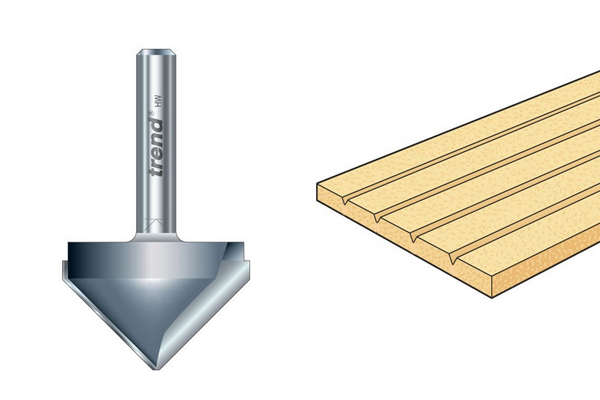 |
FlutingFluting is a set of grooves (often V-shaped or curved) made in the surface of a material for decorative purposes. Fluting is often found on items such as bed posts and table legs, as well as around the edge of mirrors and windows. The cutter you use will depend on the shape of fluting you want. V-groove router cutters will produce V-shaped fluting while radius cutters will produce concave fluting and so on. |
|||
 |
Forstner bitA special drilling bit which is guided by its circular rim rather than its centre point. The advantage of this tool is that it bores a neat, clean hole with a flat bottom, its centre point serves only to ensure accuracy for the starting cut. Not for use with abrasive materials unless TCT grade is used. It can also be called a saw forstner or saw tooth forstner. |
|||
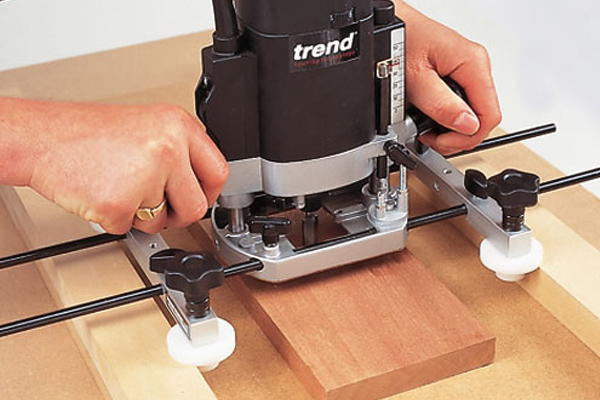 |
Frame jigA frame jig is a device for guiding a router along or within a frame of narrow battens. Usually adjustable to accept different size workpieces. |
|||
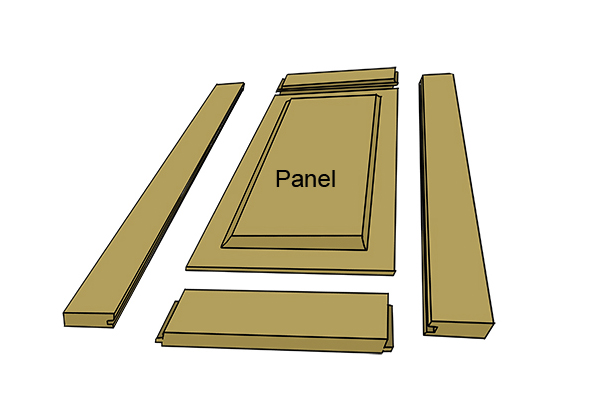 |
FramingA framing is an assembly of pieces serving as an enclosure or support for an item, such as a panel. |
|||
 |
Full blind dovetail jointA full-blind dovetail, also called a "secret mitred dovetail", is a right-angled joint where the pins and tails are hidden within the joint when the two outer edges meet. Full-blind dovetails are often used for fine cabinet or box construction where a strong connection is needed without a visible join. They can be cut with a dovetail router cutter. |
|||
G |
||||
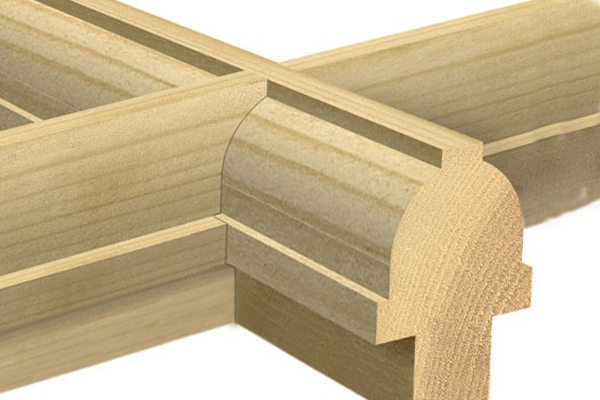 |
Glazing barA glazing bar, also called a muntin, is a strip of material with two rebates on either side to hold the glass pane of a window or door in place. The upper portion of a glazing bar is often moulded with an ovolo router cutter to make it more visually interesting. |
|||
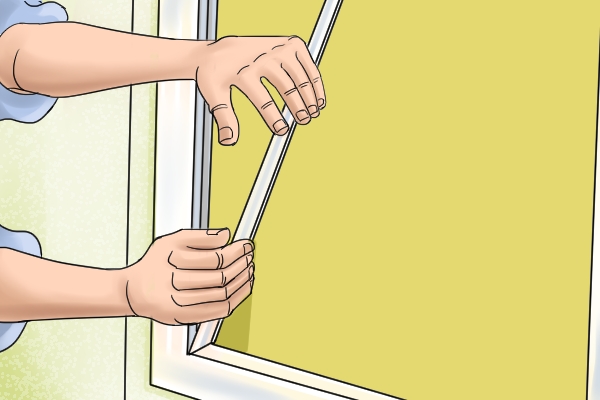 |
Glazing beadA glazing bead is a strip of wood that has been shaped to hold a glass pane against the glazing bar. |
|||
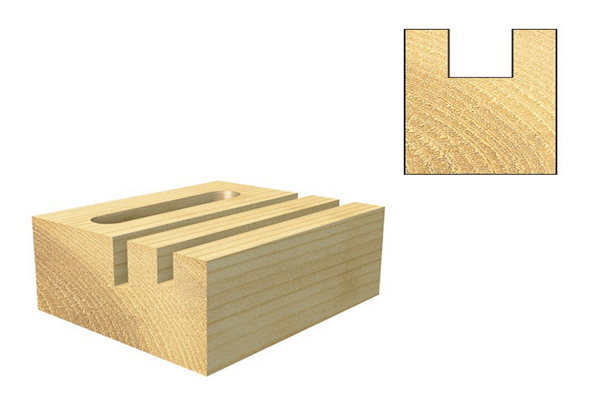 |
GrooveA groove is a recessed channel, usually rectangular or rounded in shape. It may be made for things like receiving a panel or part of a joint such as a tongue.
Straight and spiral router cutters are used to rout grooves with squared bottoms. |
|||
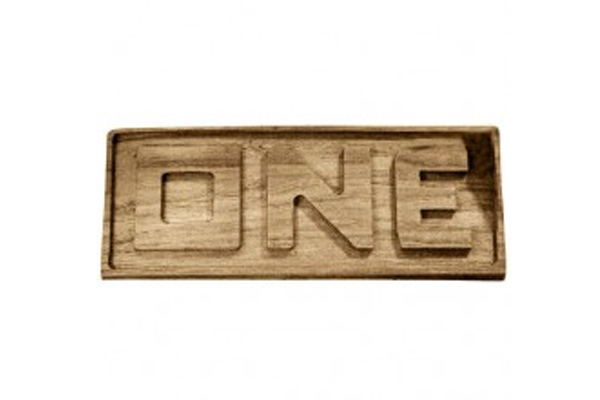 |
GroundingThe process of "grounding" in woodwork involves removing the background of a design which then has to be carved. The grounding process usually involves the bulk of the material being removed. This can be carried out using a two flute straight cutter. Grounding is usually completed with an engraving/veining cutter or rasp of a smaller size being used for the intricate parts of the carving. |
|||
 |
Guide bushA guide bush is a circular ring with a hole in the centre through which the cutter passes. It is designed to be mounted on the base of the router and act as a guide for following templates and the edges of boards. |
|||
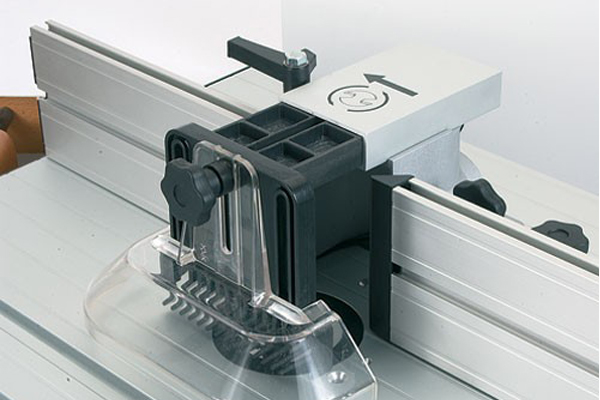 |
Guide fenceA guide fence is a ledge which the material you're working is passed against to keep it on an even path. |
|||
 |
Guide patternA guide pattern is another term for a template or jig, which is a device that the guides the router to form a particular shape. Guide patterns/templates are used in conjunction with bearing-guided cutters or guide bushes. |
|||
H |
||||
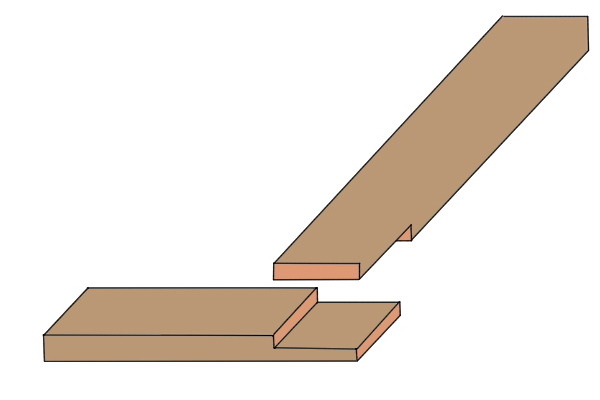 |
Halving jointA halving joint, also called a half-lap joint, involves removing half the thickness from two pieces of material so that when joined together, they are of equal thickness. There are several different types of halving joint, most of which are used in framing applications. Straight, spiral and rebate cutters can all be used to produce halving joints. |
|||
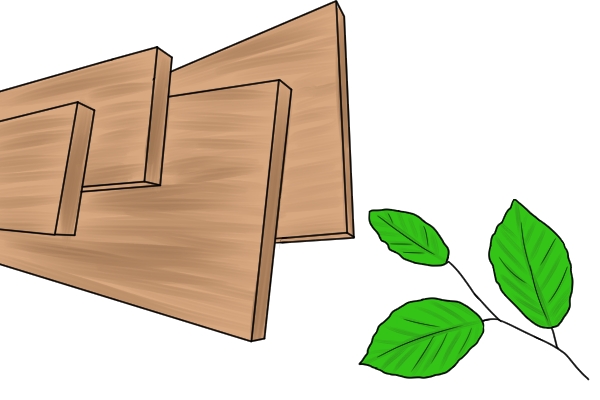 |
HardwoodHardwood is generally derived from deciduous trees such as oak or beech. Hardwood is usually harder than softwood, but not always, but it does come from slower growing trees than softwood, which is why it is usually more expensive. |
|||
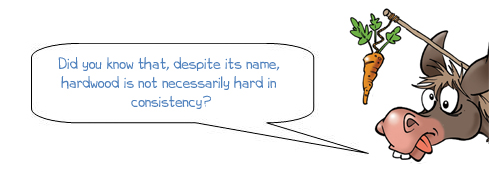 |
||||
 |
Haunch / haunchedThis is the small projection left by reducing the width of a tenon to create a haunched mortise and tenon joint. These joints are typically used in framing for their strength and rigidity. When the materials are joined, the haunch fits into a corresponding mortise, preventing the frame from twisting and becoming damaged. |
|||
 |
HeartwoodHeartwood is the dead wood in the centre of the tree. It is generally considered more durable than sapwood, which grows close to the bark of the tree and carries the sap. |
|||
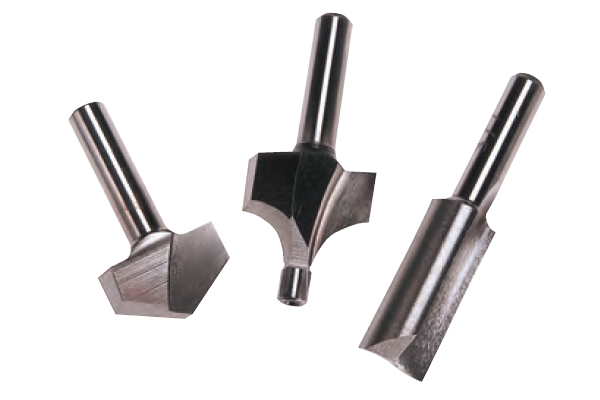 |
High speed steel (HSS)HSS is hardened and treated high carbon steel and is used to make some router cutters. Cutters made from this material have the maximum sharpness and are best suited to non-abrasive materials. |
|||
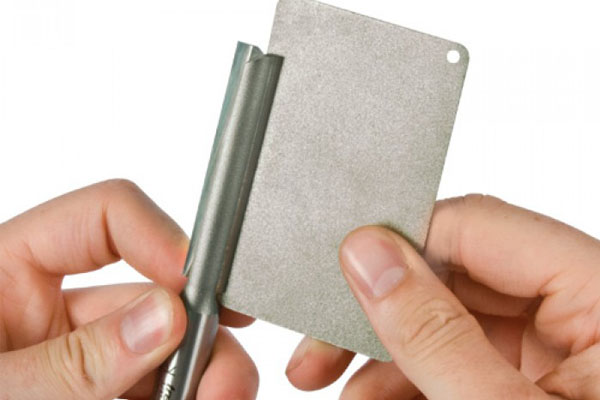 |
HoningThe process of touching up a cutting tool, like a knife, chisel, or router cutter, by lightly sharpening it. Honing cutting tools regularly should reduce the need for a full sharpening by keeping the edge maintained. Diamond sharpening products are the most popular choice for easy honing of various tools. |
|||
 |
HousingA housing (also called a dado) is a square or rectangular recess cut against the grain of a wooden surface. Typically, another piece of material is then fitted to form a housing joint. Housing joints are often used to fit drawer fronts or to support a shelf in a bookcase or cabinet. |
|||
 |
||||








